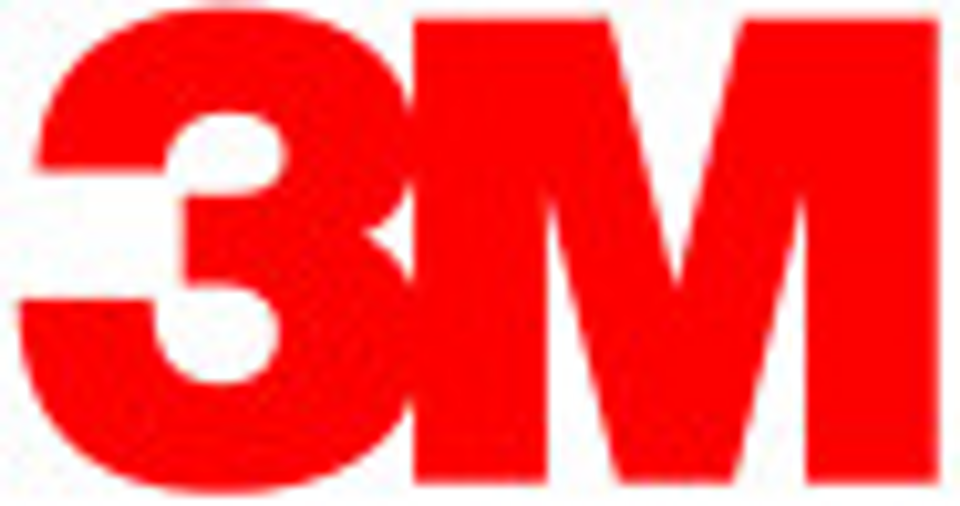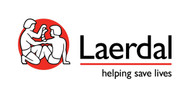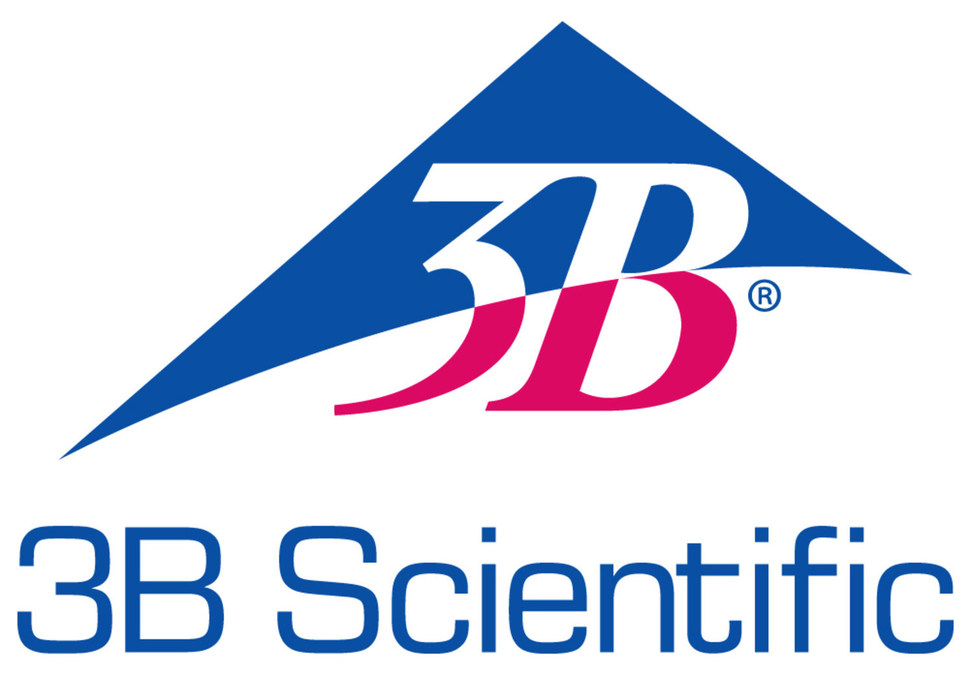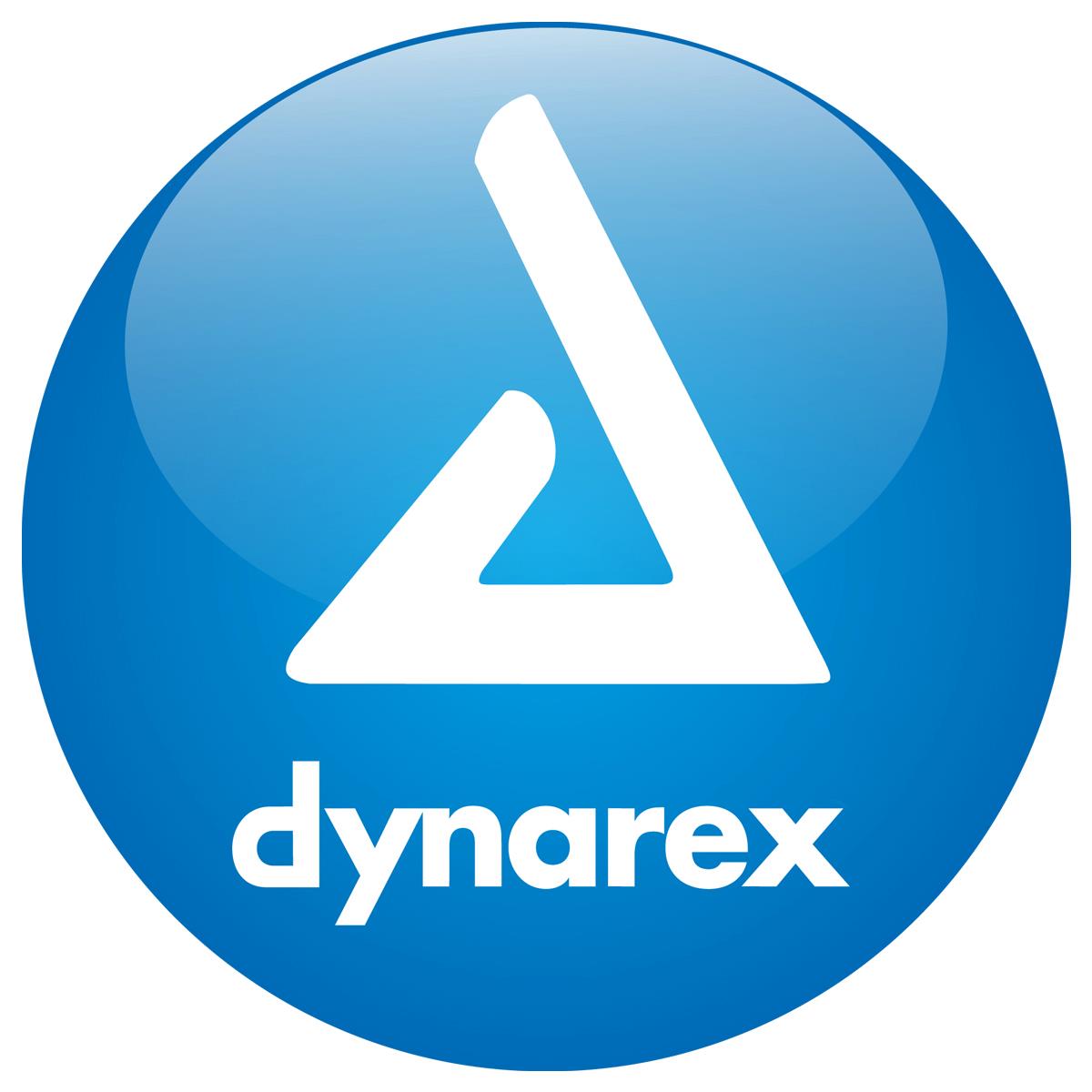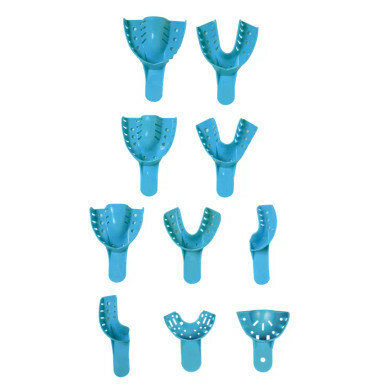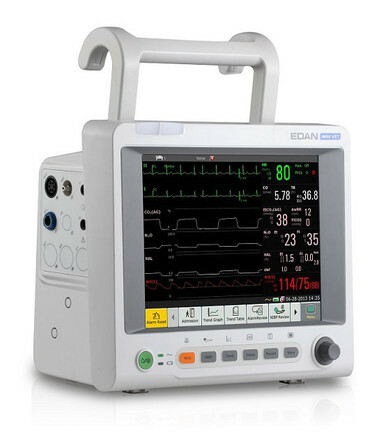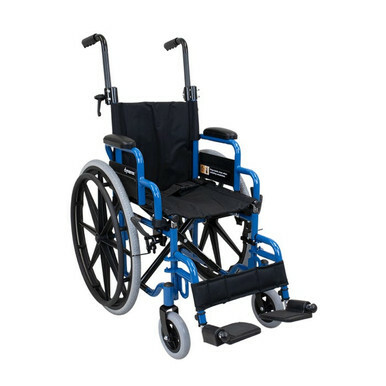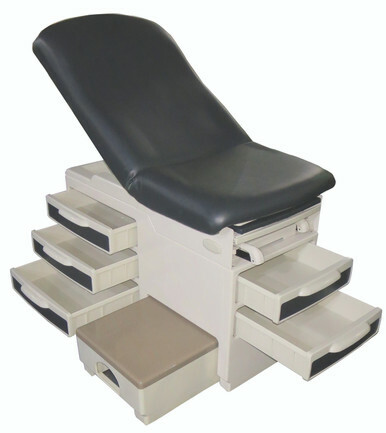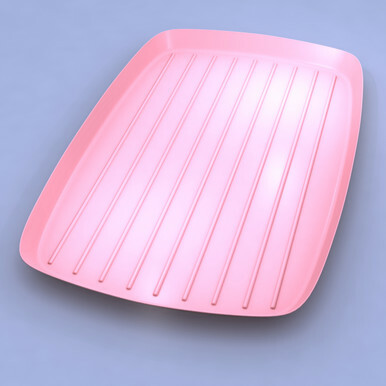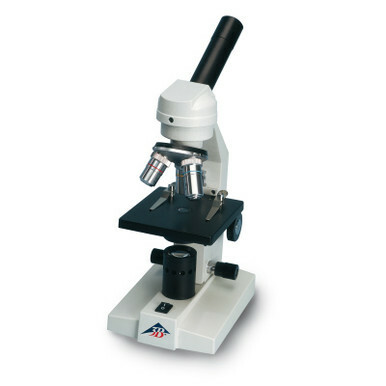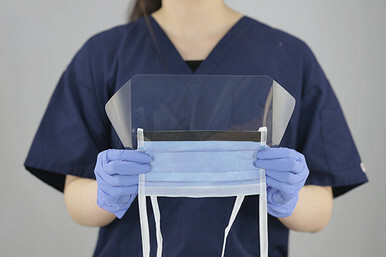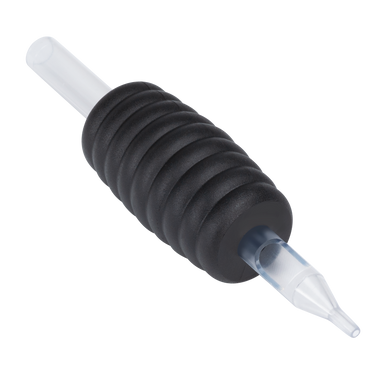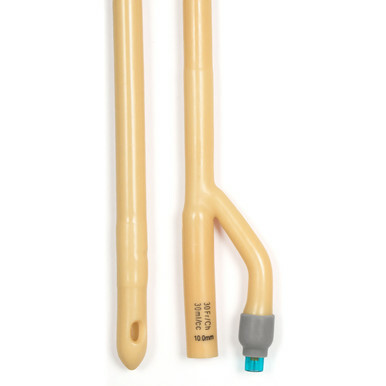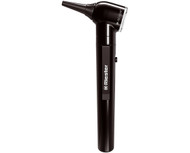Otoscopes: Shedding Light on Precision Ear Examinations
Posted by EMRN on 8th Dec 2023
In the intricate realm of healthcare, where attention to detail is paramount, otoscopes emerge as invaluable tools, particularly in the field of otolaryngology. This blog post is dedicated to unraveling the significance of otoscopes, exploring their functionalities, applications, and the crucial role they play in ensuring precise ear examinations for optimal patient care.
Understanding Otoscopes
- The Otoscope Basics: An otoscope is a handheld device equipped with a light source and a magnifying lens, specifically designed for examining the ear canal and eardrum. It serves as the gateway for healthcare practitioners to gain insights into the ear's health and detect various conditions.
- Types of Otoscopes:
- Conventional Otoscopes: These are the standard, direct-view otoscopes commonly used by healthcare professionals. They provide a clear view of the ear canal and eardrum.
- Video Otoscopes: With the integration of video technology, these otoscopes allow for real-time observation on a screen, aiding in documentation and patient education.
The Applications of Otoscopes
- Ear Infections and Inflammations: Otoscopes are instrumental in diagnosing common ear conditions, such as infections and inflammations. They allow healthcare practitioners to visualize the ear canal and identify any abnormalities.
- Earwax Impaction: The buildup of earwax can lead to discomfort and hearing issues. Otoscopes aid in assessing the extent of earwax impaction and facilitate safe removal procedures.
- Tympanic Membrane Assessment: The eardrum, or tympanic membrane, is a crucial component of hearing. Otoscopes enable a detailed examination of the tympanic membrane, helping in the identification of perforations, scars, or other abnormalities.
- Foreign Body Detection: Children, in particular, may insert foreign objects into their ears. Otoscopes assist in locating and safely removing foreign bodies, preventing potential complications.
Key Features of Modern Otoscopes
- LED Illumination: Modern otoscopes often feature LED illumination, providing a bright and clear view of the ear canal. LED lights are energy-efficient and offer a more accurate representation of colors.
- Fiber Optic Technology: Otoscopes equipped with fiber optic technology ensure optimal light transmission, enhancing the visualization of the ear canal and eardrum.
- Specula Variability: Otoscopes come with a range of disposable or reusable specula in different sizes, catering to various patient age groups and anatomies.
- Portable and Handheld Designs: The portability of modern otoscopes allows healthcare professionals to conduct on-the-spot ear examinations in various clinical settings.
Conclusion
Otoscopes, with their precision and versatility, stand as indispensable tools in the hands of healthcare practitioners. Their ability to provide detailed insights into the ear's health contributes significantly to accurate diagnoses and effective treatment plans. As technology continues to advance, otoscopes will undoubtedly play an evolving role in shaping the future of otolaryngological care, ensuring that patients receive the highest standard of ear examinations and overall healthcare.

